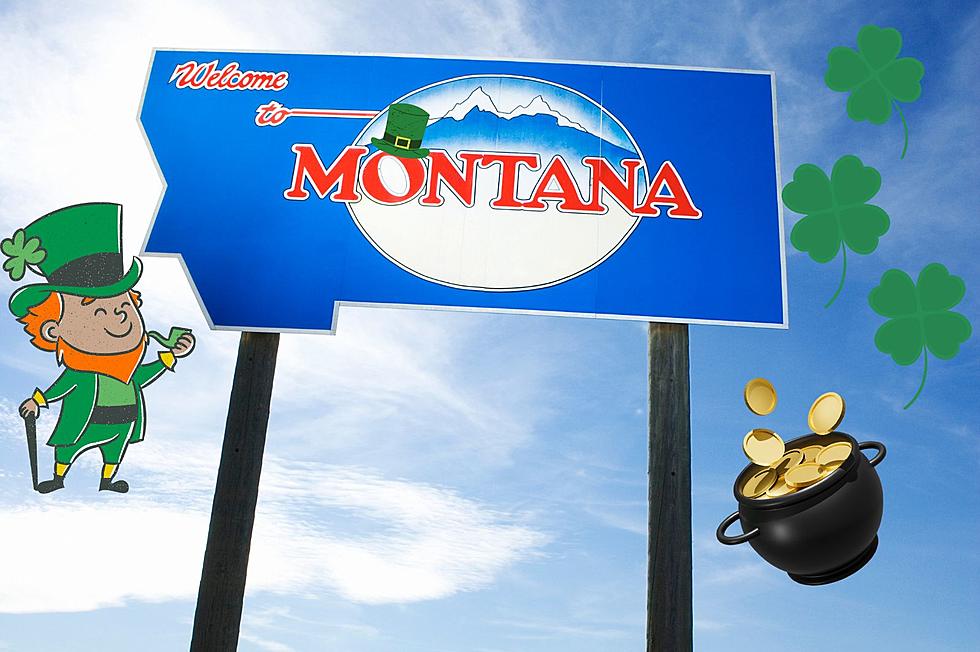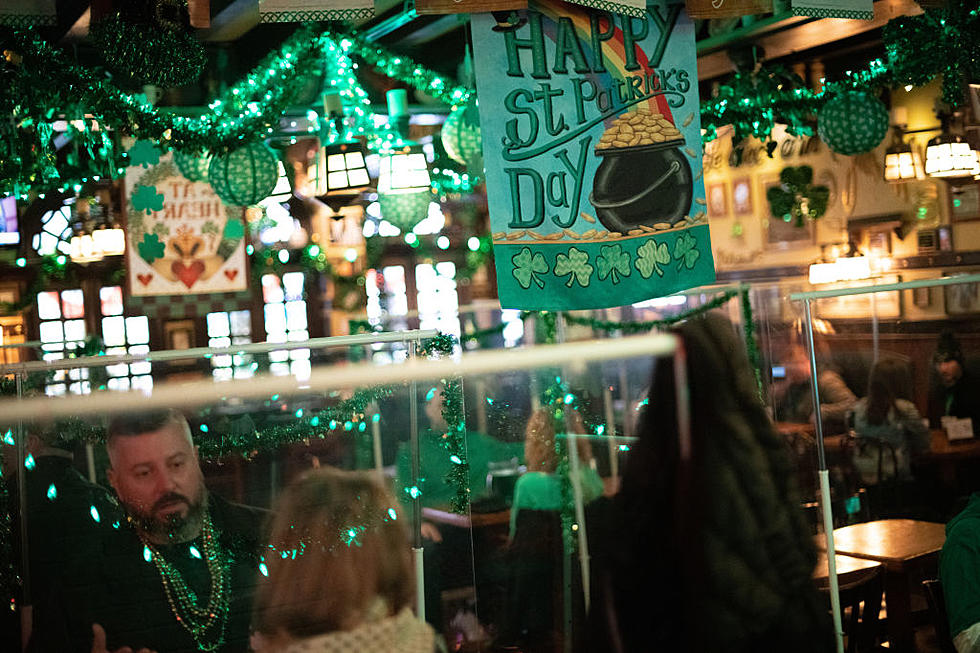
Happy St. Patrick’s Day!
HAPPY St. Patty's Day from all of us here at MY 103.5! Hope you have a wonderful, fun day enjoying everything green and fun!
10. Shamrocks: Of course with St. Patrick's Day comes the massive appearance of shamrocks. Whether you're wearing one pinned to your lapel or you have them on your socks, shamrocks have definitely become a central symbol for this day. In the olden days in Ireland, the shamrock was seen as sacred. Due to its green color and overall shape, many believed it to represent rebirth and life. The four leaves of the clover represent faith, love, hope, and of course, luck. Because of this, the shamrock has continued to be very popular in the Irish culture. When the Irish were under control of the English, many silent protests were held, and each person would wear a shamrock pinned to their shirt. From then on the shamrock has became a very well-known symbol that represents Ireland and the Irish people.
9. Prohibition in Ireland...Really: When you think of March 17, you almost surely will think of beer, and when you think of someone Irish, you probably think of beer and pubs as well. But, in the history of Ireland, beer wasn't always a given on this widely-celebrated day. in 1903, a member of the Irish parliament, James O'Mara introduced a new bill that called to recognize St. Patrick's Day as a religious observation in Ireland. However, because this was made a law, this meant that all of the local pubs had to close; therefore, no beer was readily available. So for 67 years, the Irish suffered through a total shut down of all pubs until 1970 when the law was overturned and the holiday was no longer a religious observance, but a national holiday.
8. Only Three Locations Truly Care: While many places all over the world celebrate St. Patrick's Day, from the U.S. to Australia to Argentina and South Korea, only a very select few locations have actually made this day a public holiday for everyone. First, the very tiny island sometimes known as "Emerald Island of the Caribbean," Montserrat, is one of three countries that publicly celebrate the holiday. This is due to the high number of Irish refugees that came from Nevis and St. Kitts to the island. So to commemorate them, the holiday is celebrated. The holiday is also considered to be a public one in Newfoundland and Labrador. Here the holiday is celebrated to remember a failed slave uprising that occurred in 1798. And of course, last but not least, Ireland has made March 17 a public holiday as well.
More From My 103.5 FM





![How Were the Crowds in Butte for St. Patrick’s Day? [WATCH]](http://townsquare.media/site/13/files/2018/03/hqdefault4.jpg?w=980&q=75)



